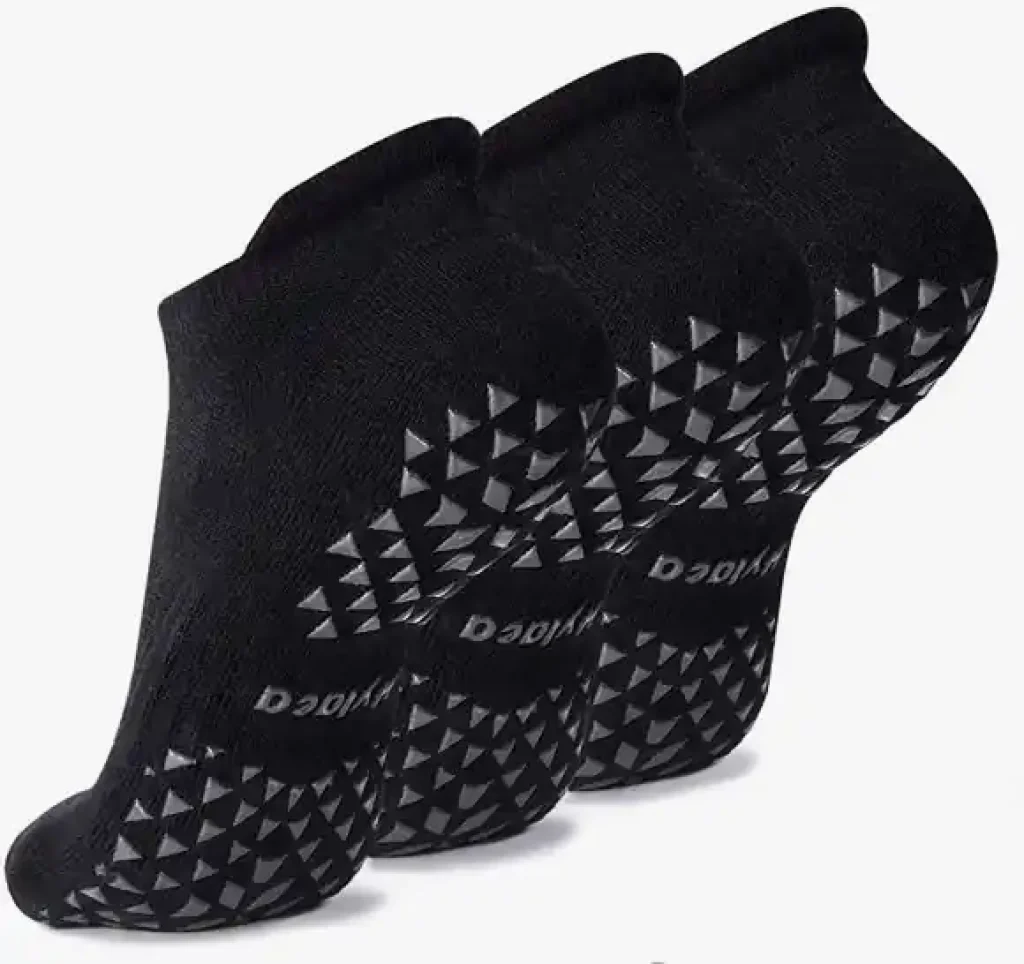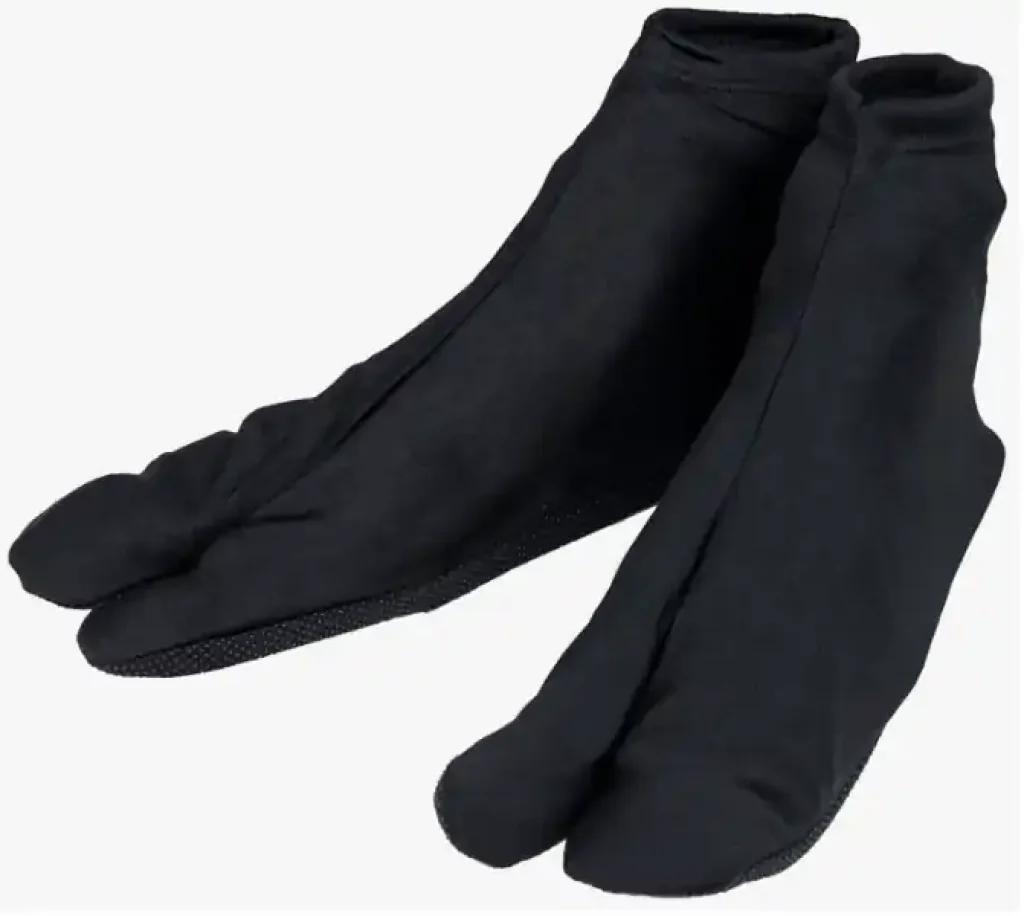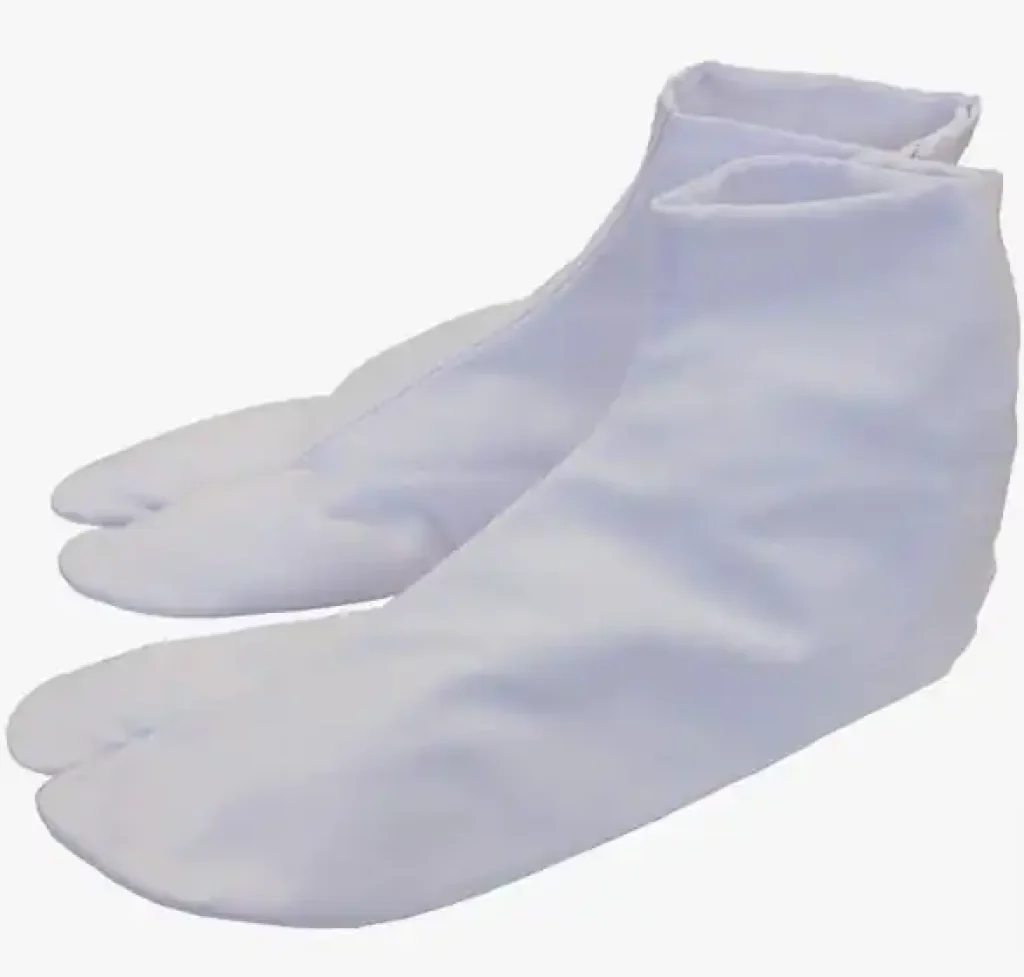If you are about to start martial arts training, you might be wondering whether it’s acceptable to wear socks in a dojo. While some people prefer to train barefoot, others feel more comfortable wearing socks or other types of footwear.
In this article, we’ll explore the rules and etiquette of wearing socks in a martial arts dojo, as well as the question of training barefoot.
What is a martial arts dojo?
First things first.
A martial arts dojo is a training facility where students can learn and practice various martial arts techniques and disciplines.
The term “dojo” is a Japanese word that translates to “place of the way” or “place of enlightenment,” and it is used to refer to a training hall or space where students can learn and practice various martial arts techniques and disciplines.
A dojo can be used to train in various martial arts styles, such as karate, judo, aikido, kendo, and many others.
Dojos typically have a specific layout and design, with an open training area, changing rooms, and often a shrine or altar to honor the martial arts lineage and tradition.
The dojo is considered to be a sacred space for martial artists, where they can focus on developing their physical, mental, and spiritual abilities, as well as their discipline and character.

Can I wear socks in a dojo?
The answer to this question depends on the specific martial art style, its rules, and the etiquette of the dojo you’re training in. Some dojos allow students to wear socks or other types of footwear, while others require bare feet.
Do all martial arts have the same etiquette for wearing socks in a dojo?
No, the rules and etiquette for wearing socks in a martial arts dojo can vary depending on the specific martial art and the traditions of the dojo. For example, some styles of martial arts, such as karate, often require bare feet, while others, such as Brazilian jiu jitsu, may allow socks or grappling shoes in the regular training classes.
At the same time, aikido and related styles have their own options for covering feet in the dojo.
What are the common rules or etiquette for wearing socks in a dojo?
If your dojo allows socks or other types of footwear, there are some common rules and etiquette to keep in mind. First, make sure that your socks are clean and free of any holes or tears. If you train in a dojo with traditional Japanese etiquette, avoid wearing socks with any logos or designs that could be considered disrespectful or distracting.
Finally, make sure to remove your shoes before entering the dojo training area, and put them neatly to the side.
The best option is to ask for the etiquette rules you dojo sensei.
What are the benefits of training barefoot in a dojo?
Training barefoot in a dojo has several benefits, including improved balance, foot strength, and agility. Barefoot training also allows you to feel more connected to the ground and your movements, which can enhance your overall performance and technique.
What types of socks are appropriate to wear in a dojo?
If your dojo allows socks or other types of footwear, it’s important to wear socks that are appropriate for martial arts training.
Look for socks that are thin, flexible, and have a good grip on the mat. Grip socks can be a good option here.
If you are not sure about the appropriate socks design, just avoid wearing socks with any logos or designs that could be considered disrespectful or distracting.
What are tabi socks?
Tabi socks are a type of traditional Japanese sock that has a split-toe design, similar to a flip-flop. Tabi socks are often worn in Japanese martial arts training, such as aikido or kyudo, as they provide a good grip on the mat and allow for greater mobility and flexibility.
In fact, tabi socks have three main different variants – tabi socks, tabi with a soft sole, and jika-tabi with a hard sole for outdoors.

Tabi with a soft sole is often worn on the dojo mats in aikido and other Japanese styles.
Are there any hygiene concerns associated with wearing socks in a dojo?
Yes, wearing socks in a dojo can pose hygiene concerns, as sweat and bacteria can accumulate on the socks and create an unpleasant odor. If you choose to wear socks in a dojo, make sure to wash them regularly and avoid wearing the same pair for multiple training sessions.
How can you avoid embarrassing mistakes when it comes to wearing socks in a Japanese dojo?
To avoid embarrassing mistakes when it comes to wearing socks in a Japanese dojo, it’s important to familiarize yourself with the specific rules and etiquette of the dojo you’re training in.
Make sure to remove your shoes before entering the training area, and follow any guidelines for wearing socks or other types of footwear. If you’re unsure about any of the rules or etiquette, don’t hesitate to ask your instructor (sensei) for guidance.
FAQs about Wearing Socks in a Dojo
Why do you have to be barefoot in a dojo?
Being barefoot in a dojo allows you to feel more connected to the ground, which is essential for maintaining balance, stability, and proper posture during martial arts training.
It also helps to develop stronger and more agile footwork, which is essential for martial arts techniques such as kicks, sweeps, and footwork drills, for instance in karate.
Additionally, practicing barefoot in a dojo promotes a more hygienic environment. Shoes can easily bring in dirt, germs, and other debris from the outside, which can spread to the training mat and potentially cause infections or other health issues.
Practicing barefoot helps to minimize the risk of such issues and keeps the dojo a cleaner and safer place to train.
What do you wear in a dojo?
While practicing barefoot is the norm in many martial arts, there are specific attire guidelines that should be followed when training in a dojo.
The standard outfit for most martial arts is a gi, a traditional Japanese uniform consisting of a jacket and pants. The gi is usually made of lightweight cotton or similar materials and is designed to be durable and comfortable for training.
Underneath the gi, a simple t-shirt or athletic top is typically worn, along with athletic shorts or leggings, depending on the martial art. It is essential to choose attire that is breathable, lightweight, and comfortable, as martial arts training can be physically demanding and may cause you to sweat.
In addition to the standard gi, many martial arts schools require their students to wear a belt that denotes their rank. The belt is usually tied around the waist of the gi, and its color corresponds to the level of expertise of the student.
Conclusion
In conclusion, while it may be tempting to wear socks in a dojo for comfort or hygiene reasons, it is generally not recommended or allowed.
Practicing barefoot in a dojo is an essential part of the martial arts experience, as it helps to develop proper posture, balance, and footwork while promoting a cleaner and safer training environment.
When training in a dojo, it is crucial to follow the proper attire guidelines, including wearing a gi, a simple t-shirt or athletic top, athletic shorts or leggings, and a belt that denotes your rank.
By following these guidelines, you can ensure a comfortable and enjoyable training experience while also showing respect for the traditions and etiquette of the martial arts.






![Brazilian Jiu Jitsu vs Karate [Unveiling the Martial Arts Showdown]](https://bjjaccessories.com/wp-content/themes/rehub-theme/images/default/noimage_336_220.png)